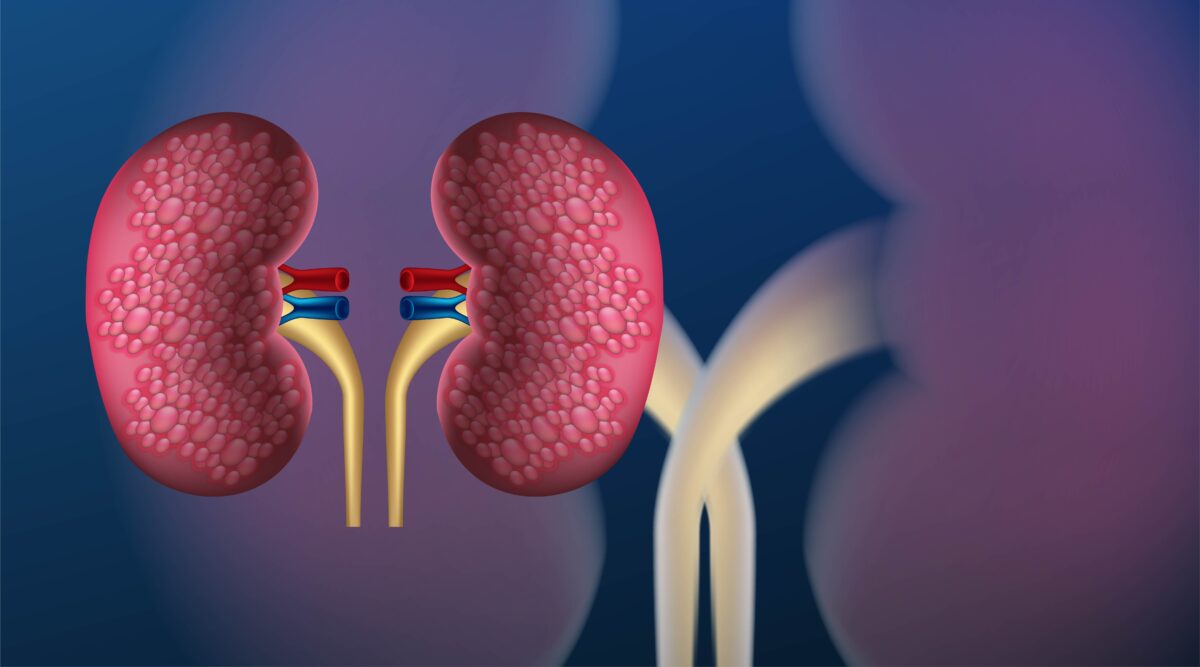Demystifying ICD 10 Codes for Urinary Tract Infections (UTIs)

In the intricate world of healthcare, precision and clarity are paramount. Whether it’s documenting patient diagnoses, processing insurance claims, or conducting epidemiological research, standardized systems play a pivotal role in ensuring seamless operations and optimal patient care. One such essential component of this system is the International Classification of Diseases, 10th Revision (ICD 10) codes. Today, we delve into the realm of urinary tract infections (UTIs) to understand how ICD 10 codes streamline the management of this common yet significant medical condition.
Understanding UTIs:
Urinary tract infections (UTIs) are among the most prevalent bacterial infections, affecting millions of individuals worldwide each year. These infections can occur anywhere along the urinary tract, including the bladder (cystitis), urethra (urethritis), or kidneys (pyelonephritis). UTIs often present with symptoms such as frequent urination, burning sensation during urination, abdominal pain, and cloudy or bloody urine. While they can affect individuals of any age or gender, women are more susceptible to UTIs due to anatomical factors.
Importance of Accurate Coding:
In the realm of healthcare, accurate documentation is paramount for several reasons. Firstly, it ensures that patients receive appropriate diagnosis and treatment. Secondly, it facilitates efficient communication among healthcare providers, enabling seamless coordination of care. Thirdly, accurate coding is essential for billing and reimbursement purposes, ensuring that healthcare facilities receive proper compensation for the services rendered. Lastly, coded data serves as a valuable resource for epidemiological research, enabling insights into disease prevalence, trends, and outcomes.
ICD 10 Codes for UTIs:
In the context of UTIs, ICD 10 codes provide a standardized method for classifying and documenting these infections. These alphanumeric codes convey specific information about the type, location, and severity of the UTI, enabling accurate diagnosis and treatment. Let’s explore some commonly used icd 10 code for uti:
- N30.00 – Acute cystitis without hematuria: This code is used to indicate acute inflammation of the bladder without the presence of blood in the urine. It encompasses cases of bacterial cystitis, the most common type of UTI.
- N39.0 – Urinary tract infection, site not specified: This code is used when the specific site of the UTI (bladder, urethra, or kidneys) is not specified in the medical documentation. It is a broad code that encompasses UTIs affecting any part of the urinary tract.
- N10 – Acute tubulo-interstitial nephritis: In cases where the UTI has progressed to involve the kidneys, resulting in inflammation of the renal tubules and interstitium, this code may be used. Acute pyelonephritis, a severe form of UTI affecting the kidneys, falls under this category.
- N30.90 – Unspecified cystitis without hematuria: When the documentation provides insufficient detail to specify whether the cystitis is acute or chronic, or whether hematuria is present, this unspecified code may be used.
- N34.1 – Noninfective disorders of urethra: UTIs can sometimes be caused by non-infectious factors such as urinary tract obstructions or irritants. This code is used to indicate urethral disorders that mimic UTI symptoms but are not caused by infection.
Coding Challenges and Considerations:
While ICD-10 codes provide a valuable framework for documenting UTIs, several challenges and considerations exist:
- Specificity vs. Simplification: Balancing the need for specificity with the practicality of coding can be challenging. While detailed codes provide comprehensive information, they may require additional documentation and coding time. Healthcare providers must strike a balance to ensure accurate coding without compromising efficiency.
- Coding Guidelines and Updates: Staying abreast of coding guidelines and updates is essential to ensure compliance and accuracy. The Centers for Medicare & Medicaid Services (CMS) regularly updates icd10 codes and provides coding guidance, necessitating ongoing education and training for healthcare professionals.
- Clinical Documentation Improvement (CDI): Effective clinical documentation is crucial for accurate coding. Healthcare providers must ensure that medical documentation clearly captures the details necessary for coding UTIs, including the type, location, and severity of the infection.
- Integration with Electronic Health Records (EHRs): Seamless integration of ICD 10 codes with electronic health record (EHR) systems enhances efficiency and accuracy in coding and documentation. Healthcare facilities should leverage technology to streamline coding processes and minimize errors.
Future Directions:
As healthcare continues to evolve, so too will the landscape of coding and documentation. Advancements in artificial intelligence (AI) and natural language processing (NLP) hold promise for automating coding processes and improving accuracy. Furthermore, efforts to enhance interoperability and data exchange between healthcare systems will facilitate seamless sharing of coded information, enabling comprehensive patient care and population health management.
Conclusion:
In the realm of healthcare, precision and accuracy are paramount. ICD 10 codes serve as a standardized framework for documenting and classifying urinary tract infections (UTIs), enabling accurate diagnosis, treatment, and billing. While challenges exist, including coding complexity and documentation requirements, healthcare providers can navigate these hurdles through education, technology adoption, and collaboration. By leveraging the power of ICD-10 codes, healthcare facilities can ensure optimal patient care and contribute to advancements in medical knowledge and research.








